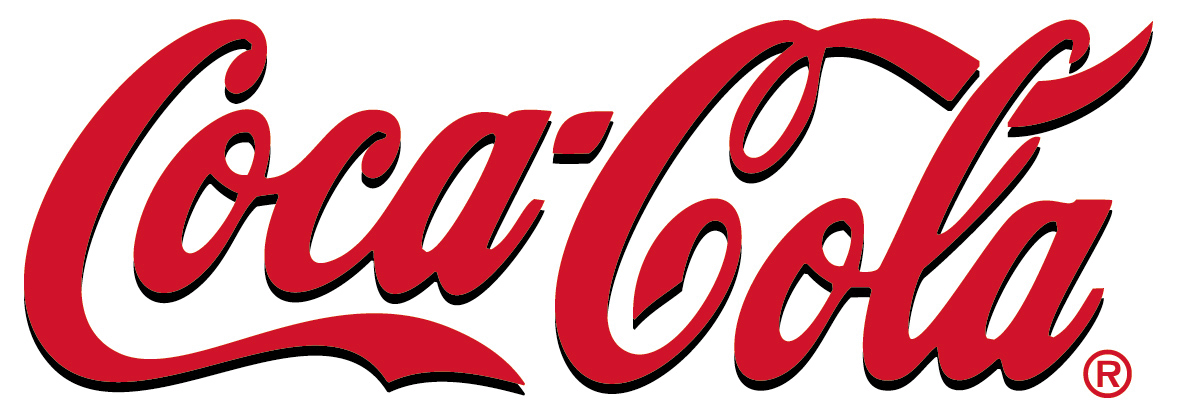Field Journal 9

While reading in Megg's History of Graphic Design about the Psychedelic poster art era of the wild 60's, I marveled at seeing various poster art from the various artist of the time. Peter Max really made a huge impression on me. His composition, his choice of colors, his clean lines, his clear ability to communicate are apparent reasons why he became so popular to so many people through the years. I had casually seen his art before, but never really paid attention to the artist (though very appealing)...till now. Seeing his art makes me want to run out and buy a black light, but no, I don't want to do any hallucinogenic drugs. I'll pass on that. It must have been quite a "trip" to experiment with those chemicals and look at psychedelic poster art composed by the master, Peter Max.
Peter Max Finkelstein was born, October 19, 1937. He is a German-born Jewish American who grew up during much turmoil. HIs family had to flee Nazi Germany in 1938 to escape the Holocaust and traveled to Shanghai under the control of the Imperial Japanese army. His mom was a fashion designer in Berlin before they fled to Shanghai. His family was surely supportive with his interest in art. He was also really interested in astronomy which is apparent in many of his works. I also cannot help to think that the "Imperial Flag" of Japan may have been an appealing design influence as it appears in many of his poster art. It was a symbol that he had been surrounded with as a child in occupied Shanghai.
Imperial Flag of Japan
I looked over many of his works and noticed that there was many Buddhist mandala looking symbols in his work. While researching further, I found out that he spent his early years in Japanese occupied Shanghai. His home overlooked a Buddhist temple where he could see monks painting and his very own Chinese nanny taught him how to hold a paintbrush. The young Max departed China in 1948 and traveled to many places from China to Tibet to Africa to Israel to Europe then finally to New York. This influence was probably the reason for the mandala - like art style. As a young child, he was surrounded by war and moving from place to place that is is no surprise to me that his art reflected peace, love and trying to get along.


I have a love for Japanese anime and thought to search if I could find some pieces that appeared to be Peter Max-like. There is a poster from the Anime, "Summer Wars"that had clean lines and beautiful color palates and thought this may look like a Peter Max like piece. What do you think?
Japanese Anime poster for "Summer Wars"
These two posters below by Tadanori Yokoo look like Peter Max was an inspiration to this artist. Notice the rising sun themes, clean lines and vivid colors.



Tadanori Yokoo
Thanks to this class. I am now, very much, a fan of Peter Max. I join the crowd in following this living legend as he has contributed so much to the world with his creativity and very positive imagery. He has brought goodness to the world in times of great turmoil. I look forward to learn more about his work and his life as a great inspiration to me.








